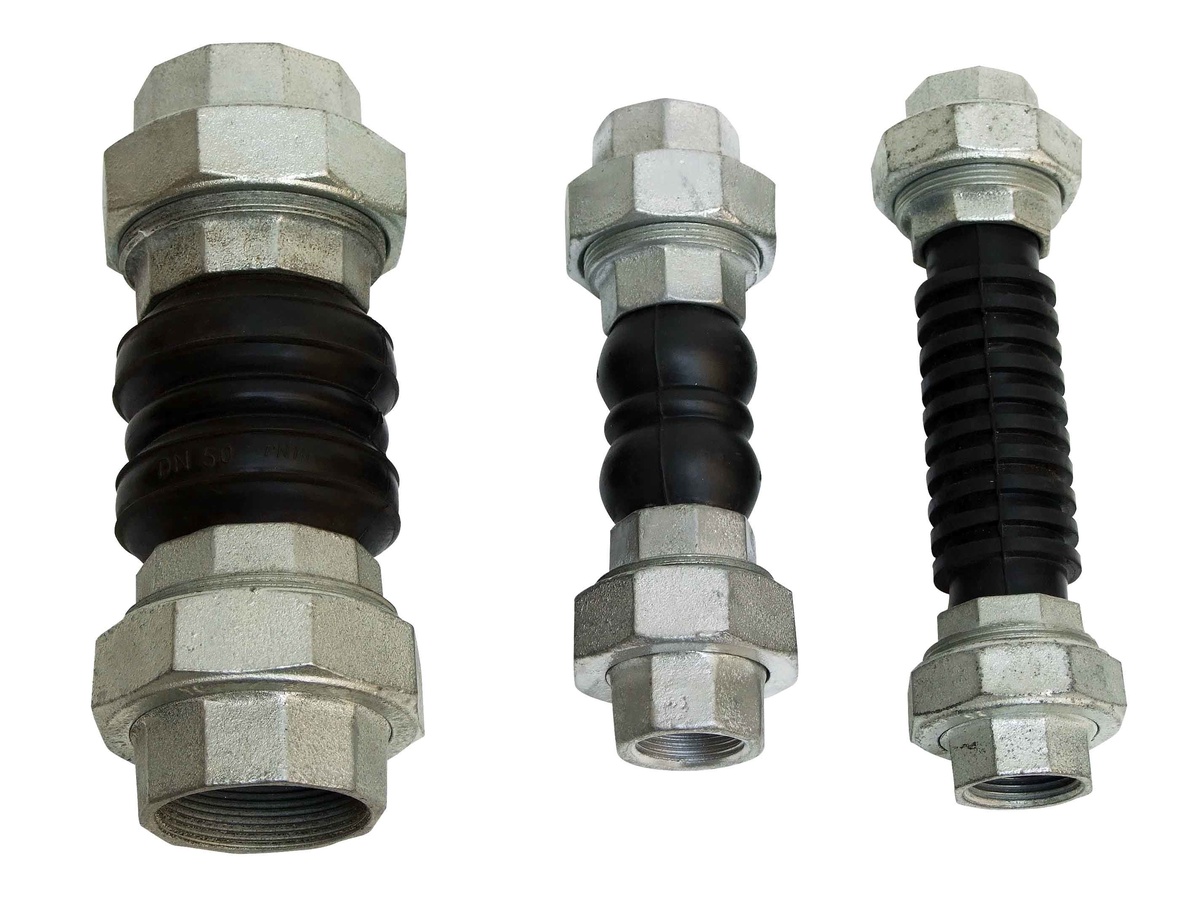Rubber expansion joints play a crucial role in piping systems, absorbing vibrations, reducing noise, and compensating for movement caused by thermal expansion and contraction. However, selecting the right rubber expansion joint for your system is essential to ensure optimal performance and longevity. Unfortunately, many individuals make avoidable mistakes when choosing these critical components. In this article, we'll highlight some common mistakes to avoid when selecting a rubber expansion joint for your system.
1. Ignoring System Requirements
One of the most significant mistakes people make is ignoring the specific requirements of their piping system. Each system has unique characteristics such as operating pressure, temperature, flow rate, and the type of media being conveyed. Failing to consider these factors can lead to the selection of a rubber expansion joint that is not suitable for the application. Before purchasing an expansion joint, thoroughly assess your system's requirements and consult with a knowledgeable supplier to ensure compatibility.
2. Overlooking Movement Capacity
Rubber expansion joints are designed to accommodate movement in piping systems, including axial, lateral, and angular movements. However, failing to accurately calculate the anticipated movement can result in selecting an expansion joint that is incapable of handling the required range of motion. It's crucial to carefully assess the expected movement in your system and choose an expansion joint with adequate movement capacity to prevent premature failure.
3. Neglecting Quality and Durability
Some buyers prioritize cost over quality when selecting rubber expansion joints, opting for cheaper alternatives without considering long-term performance and durability. Choosing low-quality expansion joints can lead to frequent replacements, increased downtime, and higher maintenance costs in the long run. Invest in high-quality expansion joints from reputable manufacturers to ensure reliability, longevity, and optimal performance for your system.
4. Improper Sizing
Selecting the correct size of the rubber expansion joint is essential for proper functioning within the piping system. Oversized or undersized expansion joints can lead to performance issues such as excessive stress, reduced movement capability, and premature failure. Take accurate measurements of your piping system and consult with experts to determine the appropriate size of the expansion joint required to accommodate movement and flow rates effectively.
5. Neglecting Installation Considerations
Even the highest-quality rubber expansion joint can fail if not installed correctly. Improper installation practices, such as inadequate anchoring, misalignment, or insufficient support, can compromise the performance and longevity of the expansion joint. Follow manufacturer guidelines and industry best practices when installing rubber expansion joints to ensure proper alignment, anchoring, and support for optimal performance and durability.
6. Failure to Consider Environmental Factors
Environmental factors such as temperature extremes, exposure to chemicals, and UV radiation can impact the performance and lifespan of rubber expansion joints. Failure to consider these factors during the selection process can result in premature deterioration and failure of the expansion joint. Choose expansion joints with suitable materials and construction features to withstand the environmental conditions present in your system's operating environment.
7. Lack of Maintenance Planning
Proper maintenance is essential for ensuring the continued performance and longevity of rubber expansion joints. Neglecting regular inspection, lubrication, and replacement of worn components can lead to degradation and failure of the expansion joint over time. Develop a proactive maintenance plan that includes regular inspection and servicing of expansion joints to identify and address potential issues before they escalate.
In conclusion, selecting the right rubber expansion joint for your system requires careful consideration of various factors, including system requirements, movement capacity, quality, sizing, installation practices, environmental factors, and maintenance planning. By avoiding the common mistakes outlined in this article and consulting with knowledgeable suppliers and engineers, you can ensure the optimal performance, reliability, and longevity of your piping system's expansion joints.


No comments yet